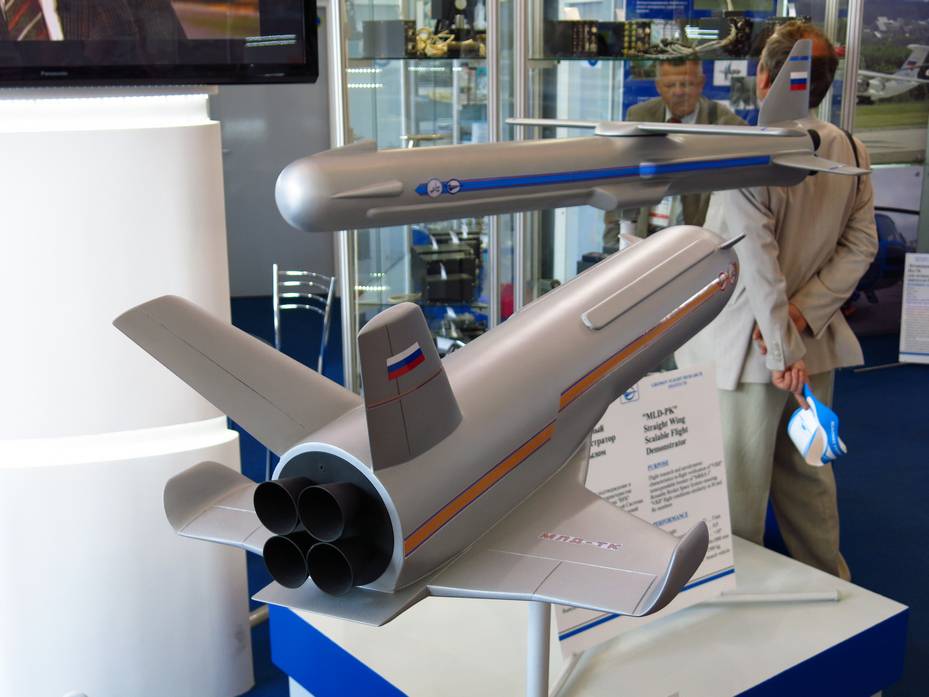Former Russian Presidential Adviser Named Roscosmos Deputy Chief
05.08.2015
The former adviser to Russian President Vladimir Putin was appointed deputy chief of the Russian Federal Space Agency Roscosmos of government communications, local media reported Wednesday.
The Izvestia publication cites sources in the state-owned agency as saying a decision to appoint Sergei Dubik takes effect immediately.
Putin signed an executive order
relieving Dubik, who has served as one of 10 presidential advisers since 2012, of his duties in February 2015.
Previously, Dubik headed a government anti-corruption commission in 2010 and became an Austria-based International Anti-Corruption Academy board member in late 2012.
In 2009-2012, Dubik headed the Presidential Civil Service and Personnel Directorate.
http://sputniknews.com/russia/20150805/1025403659.html
Russia May Introduce Glonass-Based Navigation System for Light Aircraft
11.08.2015
Russian Deputy Prime Minister Dmitry Rogozin claims that Russia may introduce a system of automatic dependent surveillance for light aircraft on the basis of Russia's Glonass satellite navigation network.
Russia may introduce a system of automatic dependent surveillance for light aircraft on the basis of Russia's Glonass satellite navigation network, Russian Deputy Prime Minister Dmitry Rogozin said Tuesday.
"Today [on Tuesday], we want to suggest to our authorities… a system based on Glonass technology, similar to the one that was created in the United States. Probably, more simple, which will allow each pilot to be fully oriented in airspace, to see everything that's going on there," Rogozin said.
All aircraft should have such a system installed, he added.
Rogozin suggested that the system be piloted in Moscow and the Moscow region as air traffic is heaviest in there.
On Saturday, nine people, including two minors, died when a seaplane collided with a light helicopter in the outskirts of Moscow. Aircraft of these classes are not required to be equipped with automatic dependent surveillance systems in Russia.
Glonass is a satellite navigation system operated by the Russian Aerospace Defense Forces.
http://sputniknews.com/russia/20150811/1025642776.html
Kosmorobot
August 14, 2015
Russian scientists to work on assistant to cosmonauts in outer space
The technologies for making a robot to support outer-space activities of cosmonauts, called kosmorobot (space robot), will cost $38.5 million
Russia’s space authority, Roskosmos, and the Russian Academy of Sciences plan to invent a space-robot to assist cosmonauts in the outer space, the federal space program for 2016-2025 reads.
The document reads the technologies for making a robot to support outer-space activities of cosmonauts, called kosmorobot (space robot), will cost $38.5 million.
First tests in the space may be organized in 2021-2024, the program reads.
A previous version of the program, which was prepared in 2014, planned financing of $26.2 million for kosmorobot’s elements and units as well as prototypes and for their tests at the International Space Station.
http://tass.ru/en/non-political/814446
Russia to Revive Its Reusable Space Shuttle Program
20.08.2015
The idea is to reduce the cost of launching satellites and other equipment into space. The system, which is being developed under the Federal Space Program, is set to cost not less than 12.5 billion rubles ($185 mln).
The program is set to get financing from 2021 and last until 2025. In 2019, a mission requirement package is slated to be worked on.
The program envisions a partially reusable launch vehicle equipped with a winged booster stage. After lifting the second, expendable stage of the MRKS vehicle into the stratosphere, the reusable booster would separate and glide back to Earth to be prepared for its next mission.
Russia is set to develop a new Reusable Space Rocket System, or MRKS in Russian.
The launches will be operated from the Vostochny space launch center in the Russian Far East.
The Rocket System is being developed by Khrunichev Space Center in close cooperation with other Russian aerospace heavyweightssuch as NPO Molniya, TsAGI, and others.
According to Khrunichev's official website, the MRKS-1 is a partially reusable modular vertical launch vehicle based on a winged reusable first stage, featuring airplane configuration and returning to the launch area for horizontal landing on a class 1 airfield.
The MRKS-1 also includes disposable second stages and upper stages. The winged first stage is equipped with reusable liquid-propellant sustainers.
Khrunichev State Research and Production Space Center
According to TsAGI, the MRKS-1's reusable first stage will allow for a high degree of reliability and safety and will make booster impact areas unnecessary. This will increase the effectiveness of future commercial operations. Under the Federal Space Agency’s specified requirements, the MRKS-1 is to deliver a wide range of payloads into outer space, weighing up to 35 metric tons and more.
A cycle of tests of several models of winged reusable rocket stages was completed in April 2013 with the use of TsAGI's UT-1M and T-117 wind tunnels. These winged stages are to become the reusable first stage of the MRKS-1.
The idea of using winged vehicles for space flight has been in the minds of space enthusiasts since the dawn of the space era.
Antonov An-225 aircraft flies with Buran space shuttle on external store
In Russia, Tsiolkovsky and Tsander considered airplanes among other means of reaching outer space.
Practical attempts to install rocket engines on winged vehicles were performed in the USSR and in Germany back in the 1930s.
Sergei Korolev and his colleagues at the Reactive Research Institute, RNII, worked on the RP-318 rocket glider equipped with a rocket engine.
In the USSR, Vladimir Chelomei, the head of the OKB-52 design bureau of the Ministry Aviation Industry, MAP, specialized in the development of winged cruise missiles. He was one of the first in the country to push the idea of a manned winged orbiter.
Also, from the mid-1960s, the Mikoyan design bureau was developing a small reusable spacecraft called Spiral. This mini-shuttle would have been launched on the back of a hypersonic aircraft, itself capable of reaching Mach 6 (or six times of the speed of sound). After separation from the carrier aircraft, the Spiral would be powered by an attached rocket stage.
At the beginning of the 1970s, the US made the Space Shuttle a primary project of its manned space program. According to NASA predictions, the Space Shuttle would replace the entire fleet of existing rockets and lower the cost of launching satellites.
In 1976, the Soviet government decided to respond with a similar spacecraft, Energia-Buran.
However after a single flight in 1988, the program quickly ran out of funds, as the Soviet Ministry of Defense fully realized the lack of purpose for the system, compared to its tremendous cost.
With the collapse of the Soviet Union, the program was essentially shut down and, in 1993, the head of NPO Energia, Yuri Semenov publicly admitted that the project was dead.
http://izvestia.ru/news/590165






















